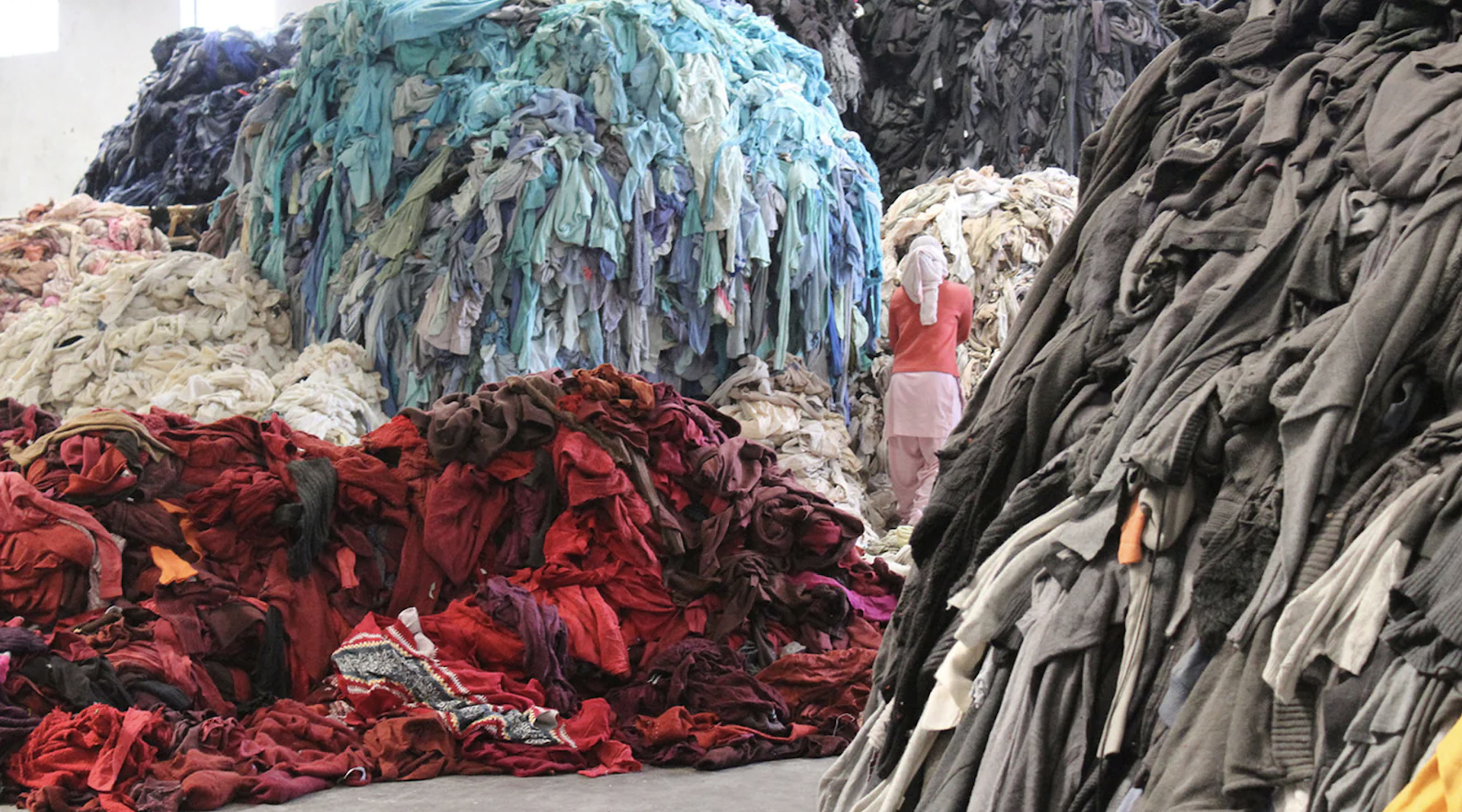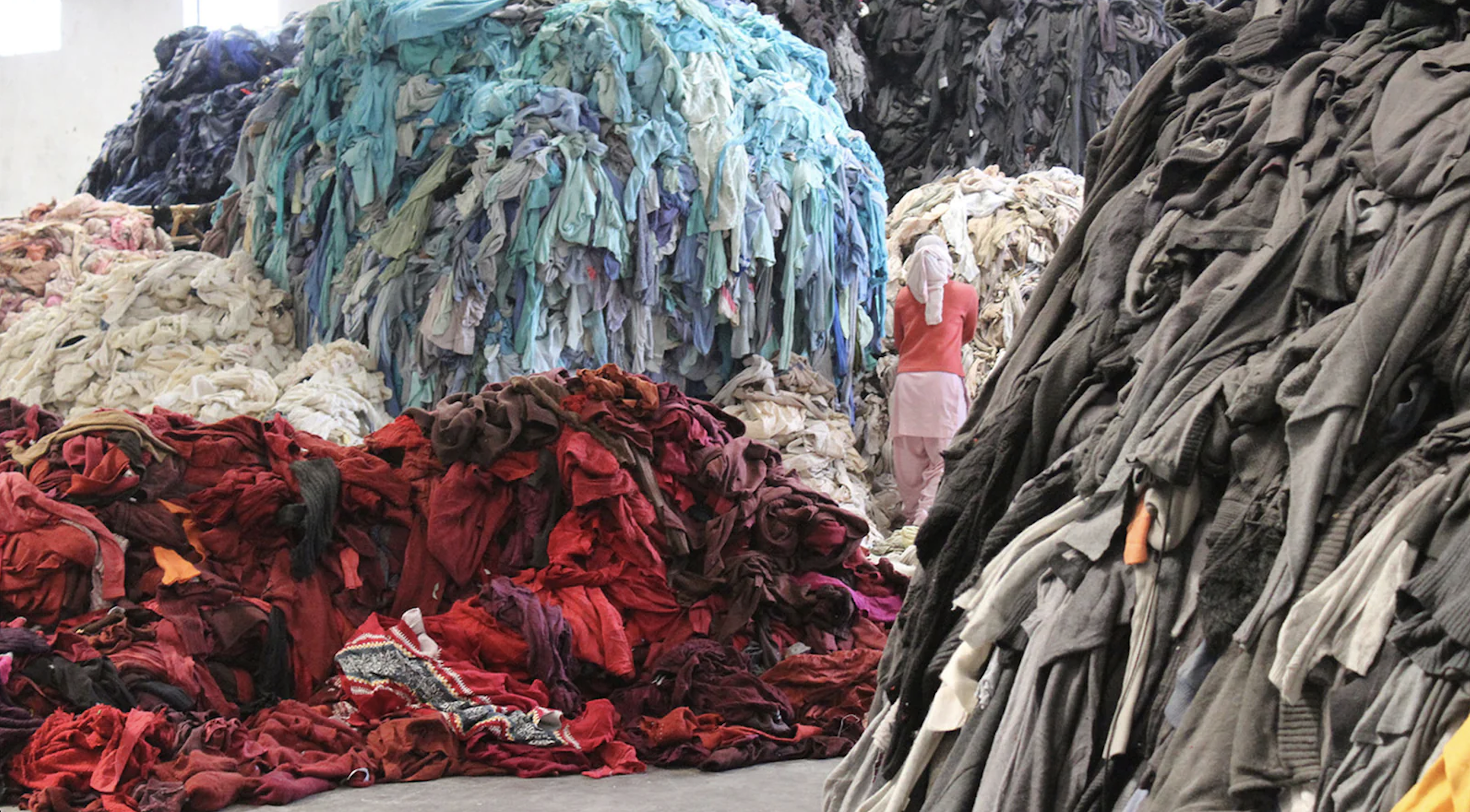Waste to Wonder
Embracing the power of upcycling
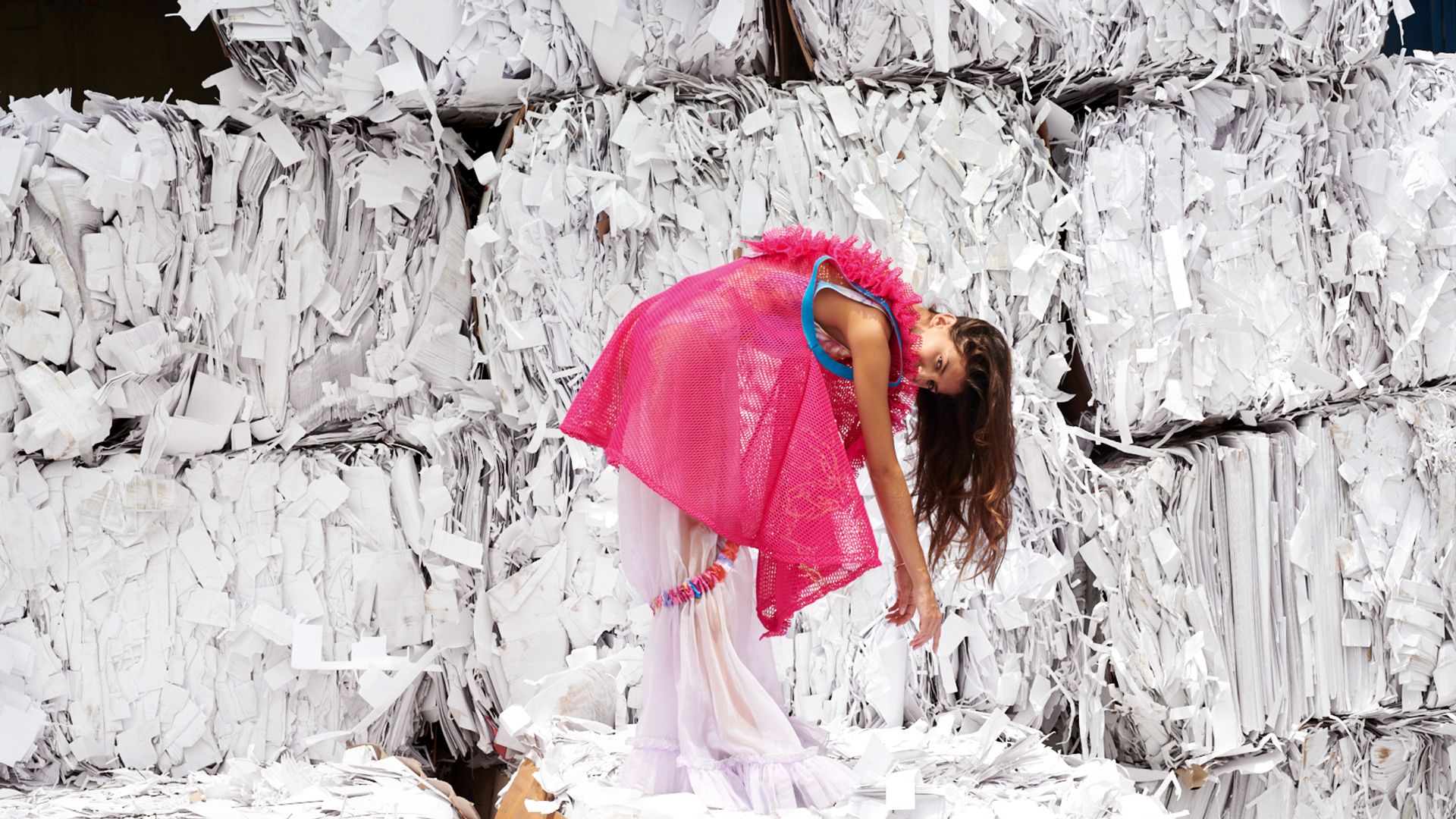
The fashion industry has long been known for its rapid turnover of products and trends. Fast fashion, in particular, has dominated the market, offering inexpensive clothing that quickly goes out of style, leading to a constant demand for new items. However, this high-speed production and consumption cycle has come at a significant cost to the environment, workers' rights, and overall sustainability.
One of the major concerns with the current fashion system is its heavy toll on the environment. The production of textiles requires vast amounts of water, energy, and chemicals, contributing to pollution and depletion of natural resources. Additionally, the disposal of unwanted clothing leads to massive amounts of waste, as synthetic fibres can take hundreds of years to decompose.
This linear model of 'take-make-dispose' is simply not sustainable in the long run.
Moreover, the fashion industry has been plagued by unethical practices, particularly in the production of garments. Many workers, especially those in low-income countries, face exploitative working conditions, long hours, low wages, and unsafe environments. The lack of transparency and accountability in supply chains makes it difficult for consumers to know the true origin and impact of the clothes they purchase.
To address these issues, the concept of conscious creation for fashion has emerged as a viable alternative. Conscious creation encompasses a range of ethical and sustainable practices aimed at minimising the negative impact of the fashion industry on people and the planet. It involves re-evaluating the entire lifecycle of a garment, from design and sourcing to production and disposal.
Therefore conscious creation for fashion represents a shift towards a more ethical and sustainable approach to the industry.
By prioritising environmental responsibility, ethical labour practices, and mindful consumption, we can work towards a fashion industry that respects both people and the planet. It is an opportunity to redefine the future of fashion, promoting creativity, style, and innovation while minimising the negative impact on our world.
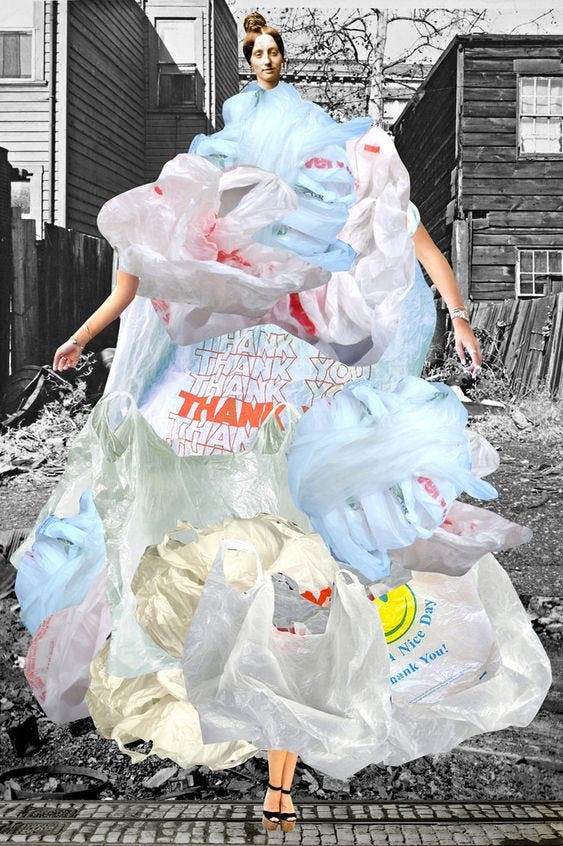
Using Sustainable Materials
Vishnu Priya Reddy and Asmitha Siddique in Bangalore report on the brand, Fab Point
Using sustainable materials has become a key element in this conscious creation of fashion. The industry, currently one of the largest polluters in the world, calls for sustainable materials incorporated into its designs. These materials can be sourced from renewable resources, upcycled, or recycled, making them a valuable choice for designers and consumers. Here's where the brand Fab Point comes in.
Fab Point is the brainchild of Roopali Rawat, a designer, and academic. The brand's concept sprouted from the seed of sustainability and sentimentality. The company specialise in upcycling sarees, reviving their timelessness by turning nostalgia into a contemporary form. It is function and fashion personalised for modern women. In this mission, they support, celebrate, and empower a community of female artisans through which they have started co-creating a conscious culture.
Promote environmentally conscious brands
Aarushi Manocha and Vishnu Priya Reddy in Bangalore report on the brand Arzohi
By practising mindful consumption and supporting environmentally conscious brands, consumers can directly impact how the fashion industry operates.
Arzohi shows us how fashion can go the extra mile to establish purpose. The brand, run by Alka Malhotra, stimulates sustainable fashion by upcycling fabric scraps into bags and other lifestyle products. The brand also uses techniques such as crochet and makes hats. These are then donated to hospitals, especially for children with diseases such as HIV and cancer. Practices such as these are about producing eco-friendly garments and changing the fashion industry's mindset and behaviour.
High Fashion with a Conscience
Aswathy Satheesh and Ameena Shareif report on the brand, Nece Gene
Over the years, the fashion industry has been known to prioritise aesthetics over ethical standards, resulting in harmful environmental and social impacts. To achieve sustainable practices in fashion, designers must combine creativity and purpose. However, a shift towards conscious fashion design has emerged, with designers aiming to minimise waste and ensure fair labour practices. Nece Gene puts forwards this idea by combining high fashion with conscious creation.
The brand creates 100% sustainable denim that stands for being needful and mindful. It is run by Neha Celly who collaborates with the Indian denim giant Arvind Mills, to use their denim scrap waste for the complete collection. Trims, packaging, and all the processes are designed to 'close the loop' and to have the least impact on the environment.


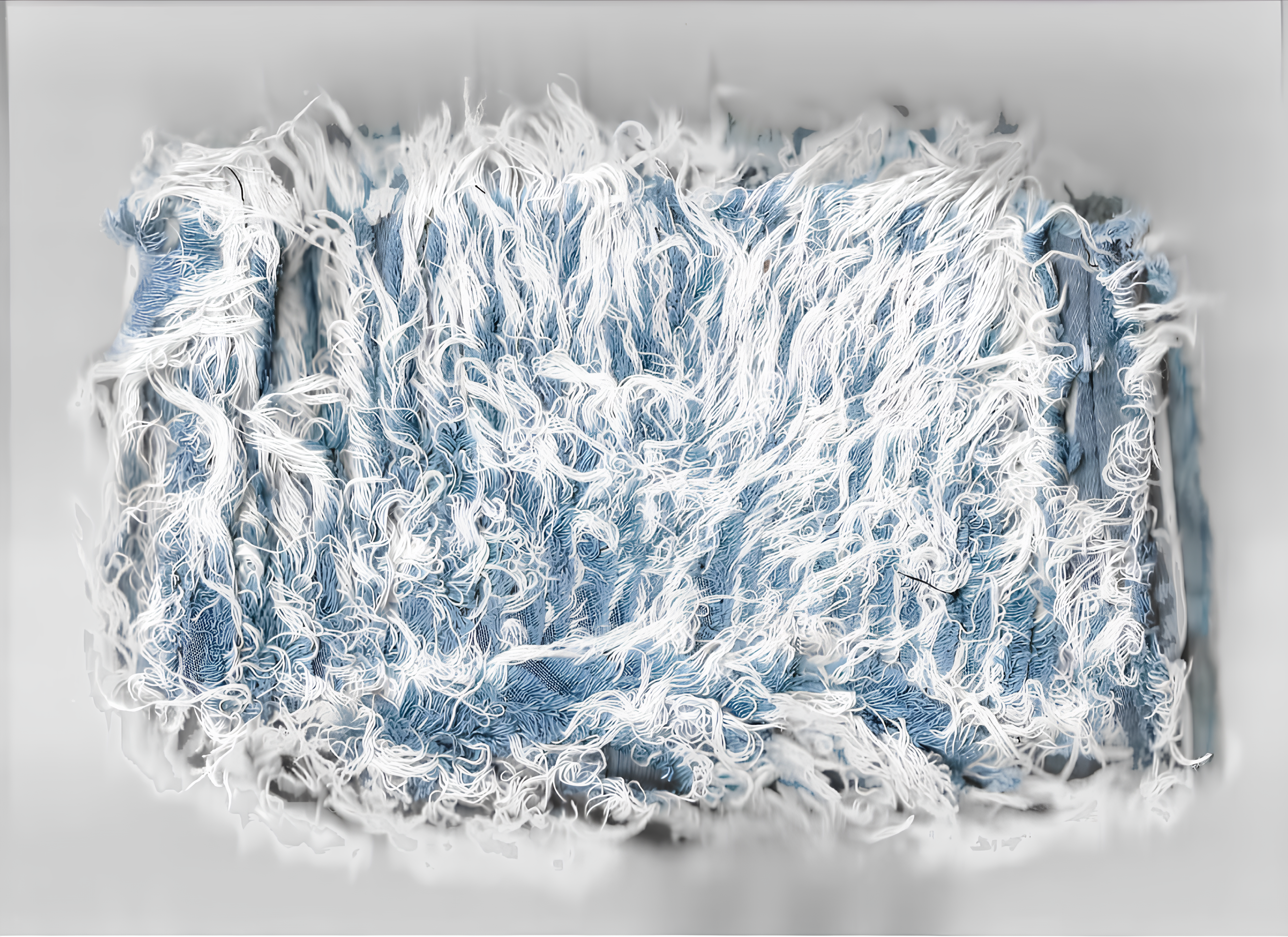
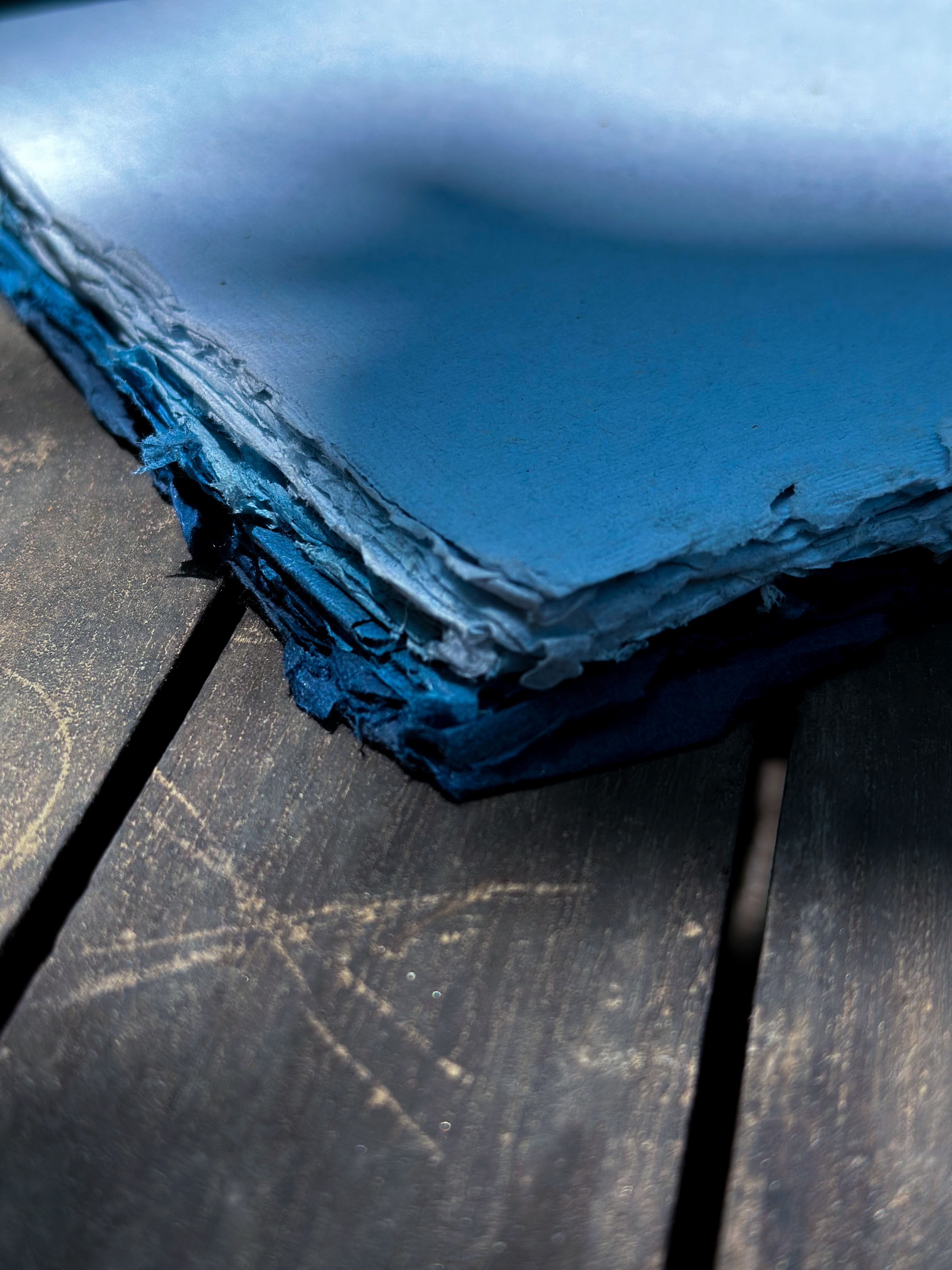
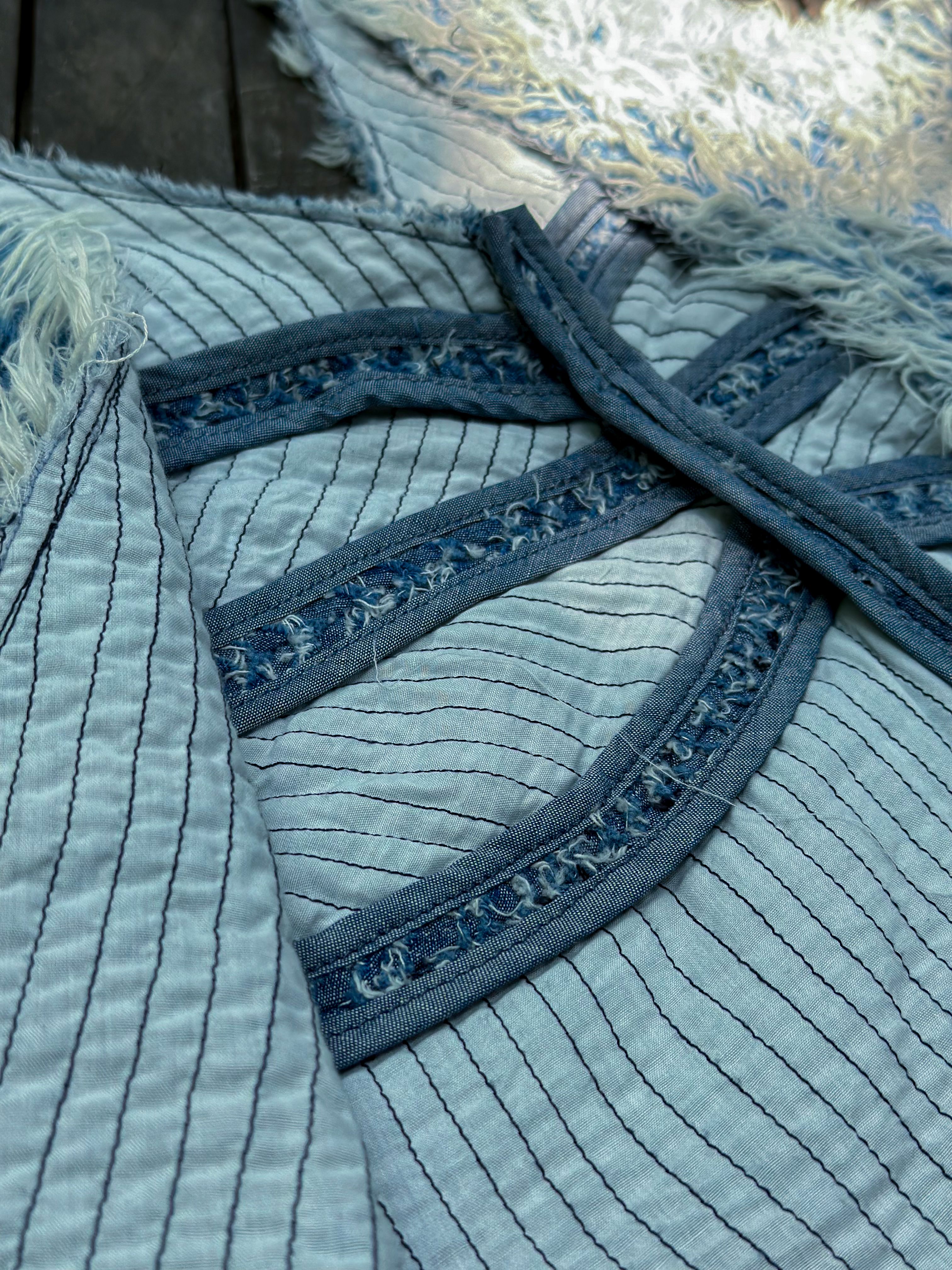

Product imagery from Nece Gene
Product imagery from Nece Gene

Product imagery from Nece Gene
Product imagery from Nece Gene

Product imagery from Nece Gene
Product imagery from Nece Gene

Product imagery from Nece Gene
Product imagery from Nece Gene

Products from the brand Nece Gene. Photography by Aswathy S.
Products from the brand Nece Gene. Photography by Aswathy S.
From grey to green
Akshita Prakash, Chahak Malhotra, Vanya Chawla and Yukti Sharma delve into the ethos of the brand Conserve India and explore its commitment toward conscious production and conscious consumption.
In an era of increasing environmental concerns, sustainable development has become a global priority. The United Nations' Sustainable Development Goals (SDGs) serve as a comprehensive framework to address various pressing challenges. Among these goals, SDG 12, also known as 'Responsible Consumption and Production', focuses on fostering conscious consumption and conscious production practices. This article explores the significance of SDG 12 and highlights the efforts of Conserve India, a non-profit organisation.
“We have a right to a clean environment and we have a right to livelihood,” says Anita Ahuja, founder of Conserve India, an organisation that showcases India's commitment to sustainability and innovation.
'We work with different kinds of waste like plastic waste, tyre tubes, and three bells, and we make them into fashion products'
Conserve India is an Indian social enterprise that embodies the principles of conscious consumption and conscious production. The organisation was founded by a couple in 1998 (Mr. Shalabh and Ms. Anita Ahuja) with a vision to address India's waste management challenges and promote sustainable livelihoods for marginalised communities. Conserve India's approach revolves around upcycling and transforming waste materials into high-quality, eco-friendly products.
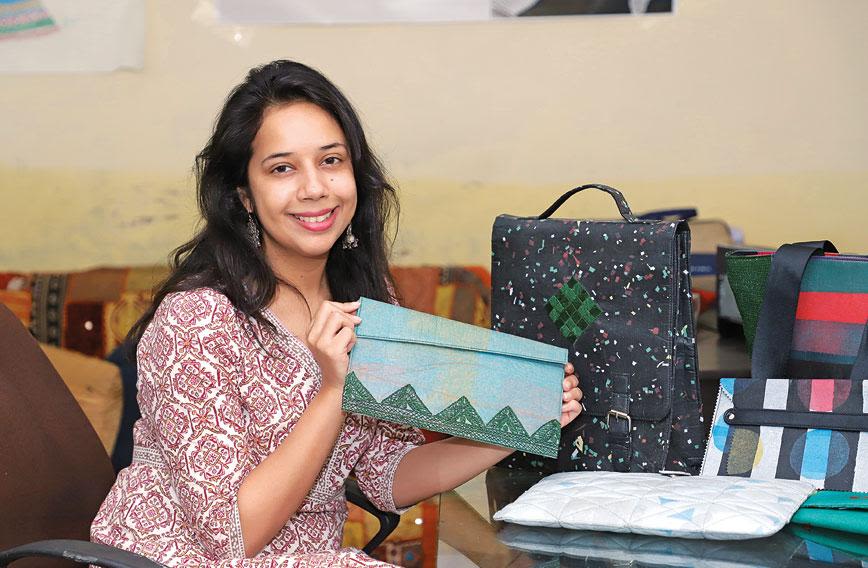
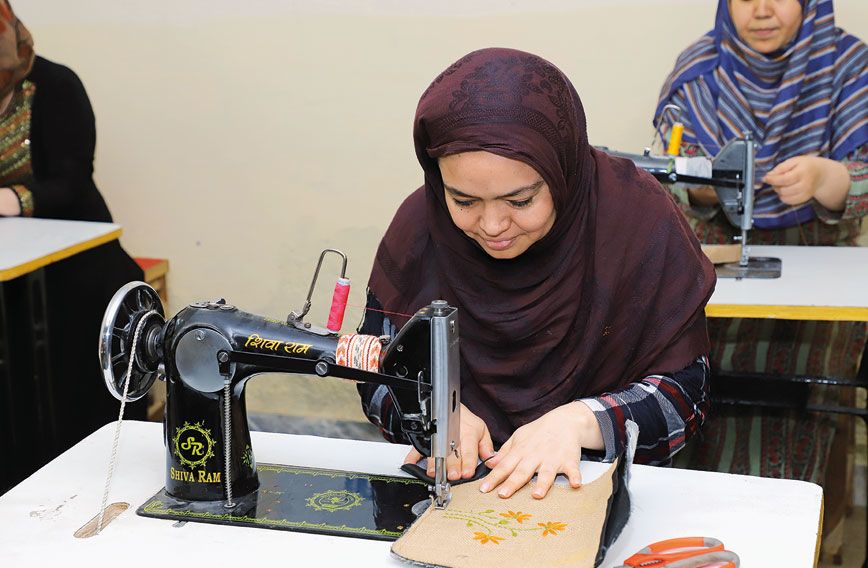
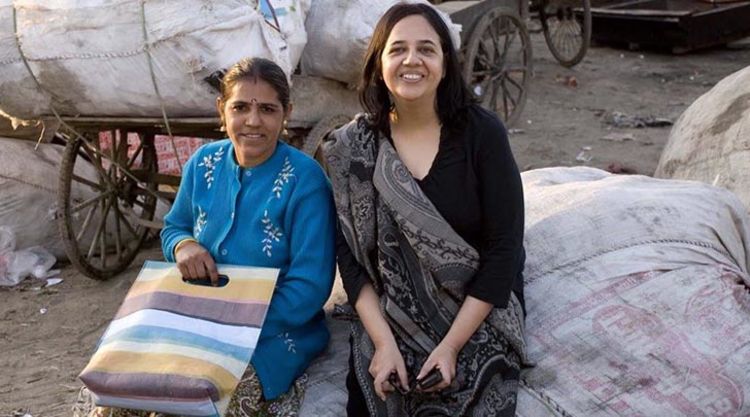
Turning trash into treasure
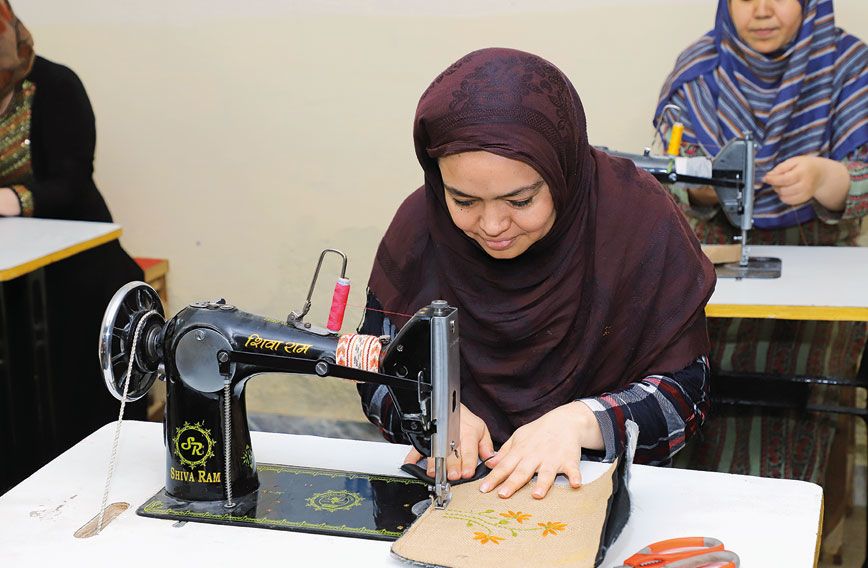
Conserve India in conversation with Vanya Chawla
Conserve India is repurposing waste materials to create innovative and sustainable products. This has helped them provide sustainable livelihood opportunities to marginalised artisans and crafts people, many of whom are women from low-income backgrounds. Training and empowering these individuals fosters economic independence and social empowerment.

Choosing to upcycle materials over using new materials
Conserve India has gained recognition for its sustainable fashion and accessories, showcasing the potential of upcycled materials. The organisation collaborates with renowned designers to create unique, eco-friendly products, including bags, wallets, accessories, and home decor items. By promoting these products, Conserve India advocates for conscious consumption, encouraging individuals to make sustainable choices without compromising style and quality.
Upcycling and Waste Reduction: Conserve India specialises in upcycling post-consumer waste, particularly plastic bags and banners, into innovative and stylish fashion products. By repurposing these materials, they divert waste from landfills, reducing environmental pollution and resource depletion.
Collaboration with Designers: They collaborate with renowned designers to create unique, eco-friendly fashion products. By partnering with designers, they showcase the potential of upcycled materials and sustainable fashion. These collaborations help raise awareness about conscious consumption, encouraging individuals to make sustainable choices without compromising style and quality.
Environmental Education and Advocacy: Engaging in environmental education and advocacy programs. They conduct workshops, training sessions, and awareness campaigns to promote sustainable living, conscious consumption, and responsible waste management practices. By fostering a sense of environmental consciousness, Conserve India inspires individuals to become active participants in achieving SDG 12.
Kanika Ahuja, daughter of Ms. Anita Ahuja, led a plaster school project which aimed at the renewal of resources and sustainable plastic use.
Plaster School works on the renewal of resources, enabling a system that keeps existing plastic resources in a loop to minimise waste
Ahuja, who was also leading the project, adds: “It is the first of its kind set-up that will establish decentralised and localised manufacturing. Each microfactor is customised to local needs and comes microfitted with everything a maker would need to get started."
Today, Conserve India is actively working towards several targets outlined in SDG 12 to be achieved by 2030, which includes - achieving sustainable management, use of natural resources; substantially reducing waste generation through prevention, reduction, recycling and reuse.
Its work demonstrates that sustainable practices can drive positive change, both for the environment and for communities. As we strive towards achieving the SDGs, organisations like Conserve India provide invaluable examples of how conscious consumption and production can create a more sustainable and equitable future for all.
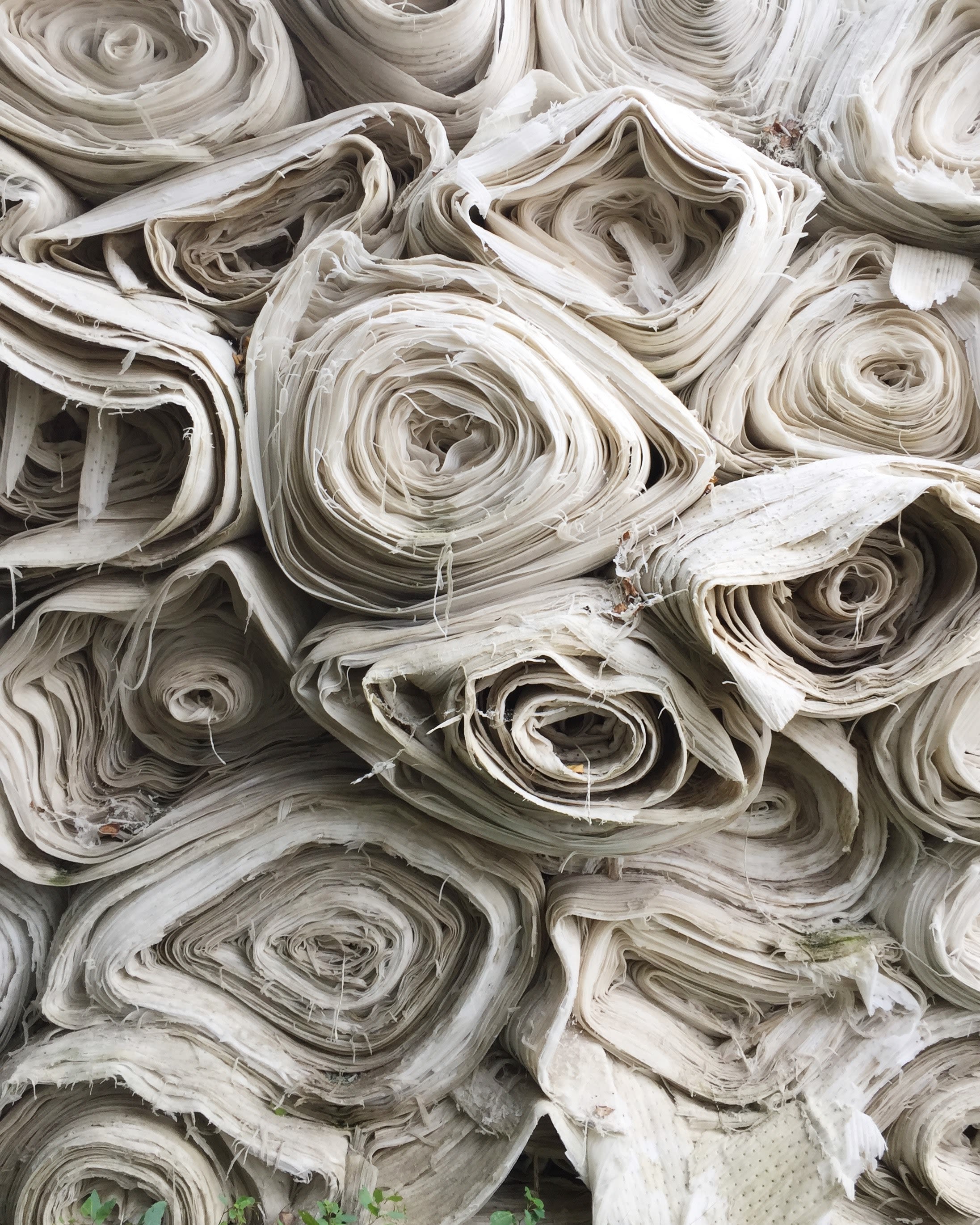
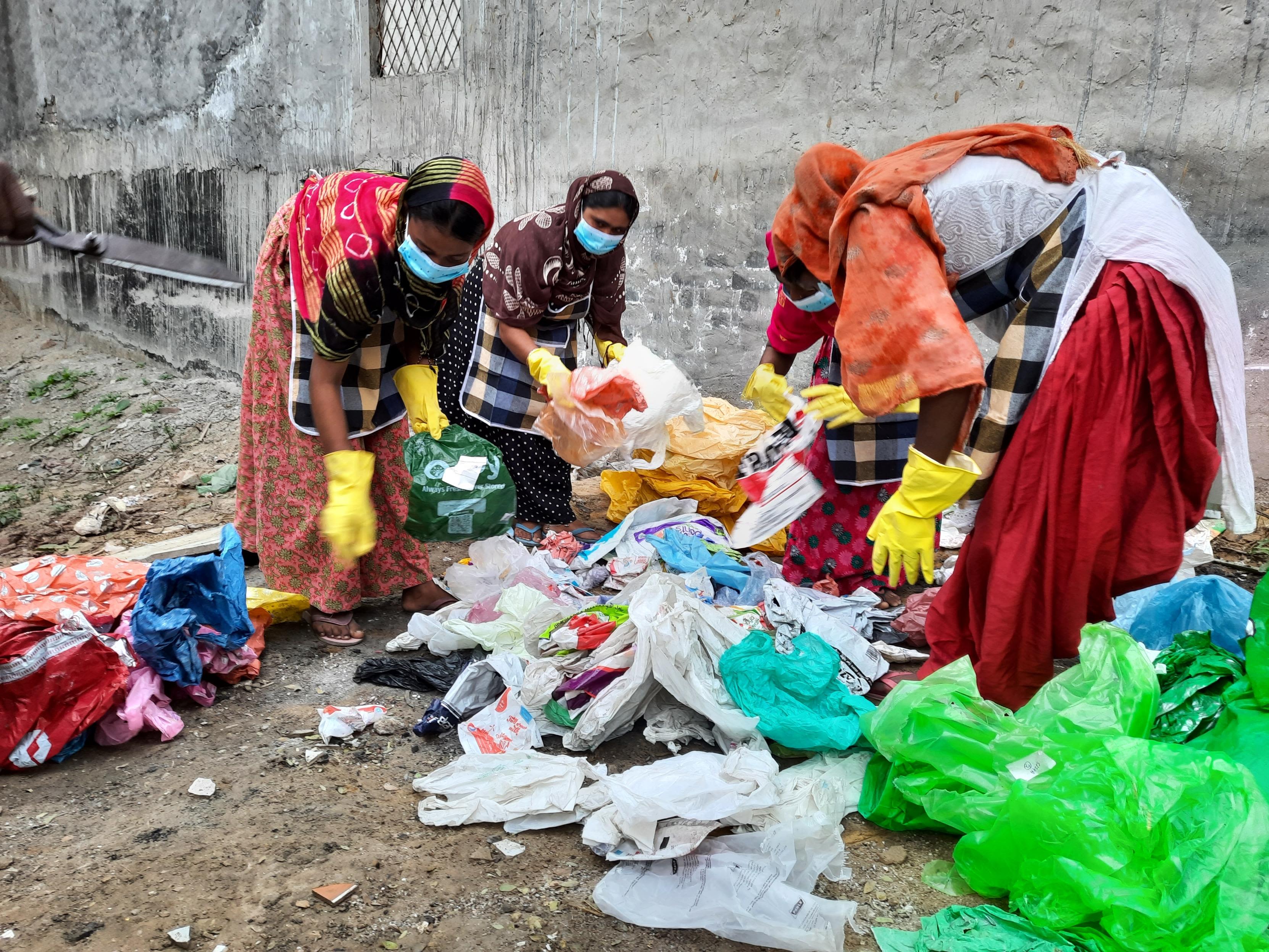
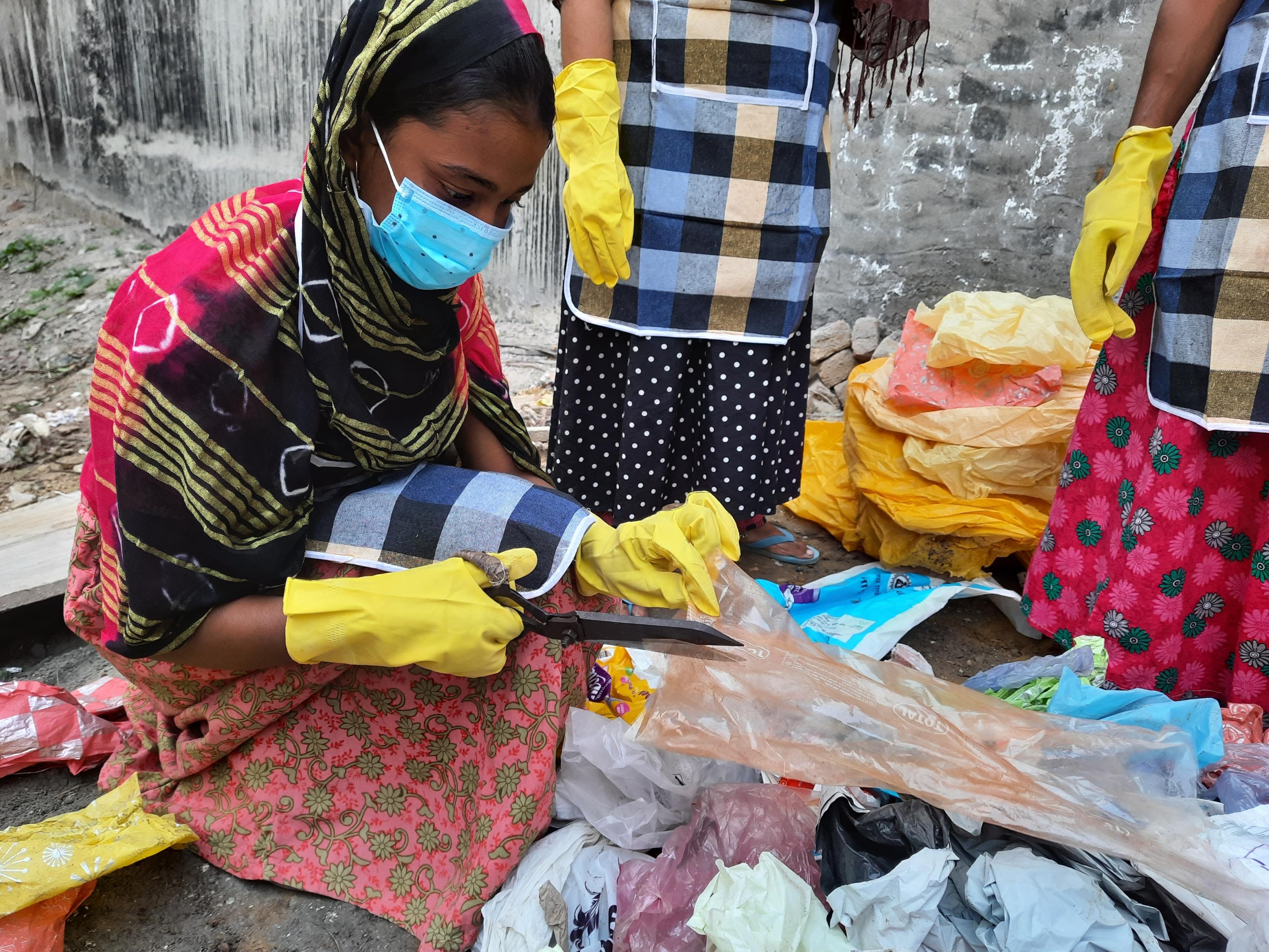
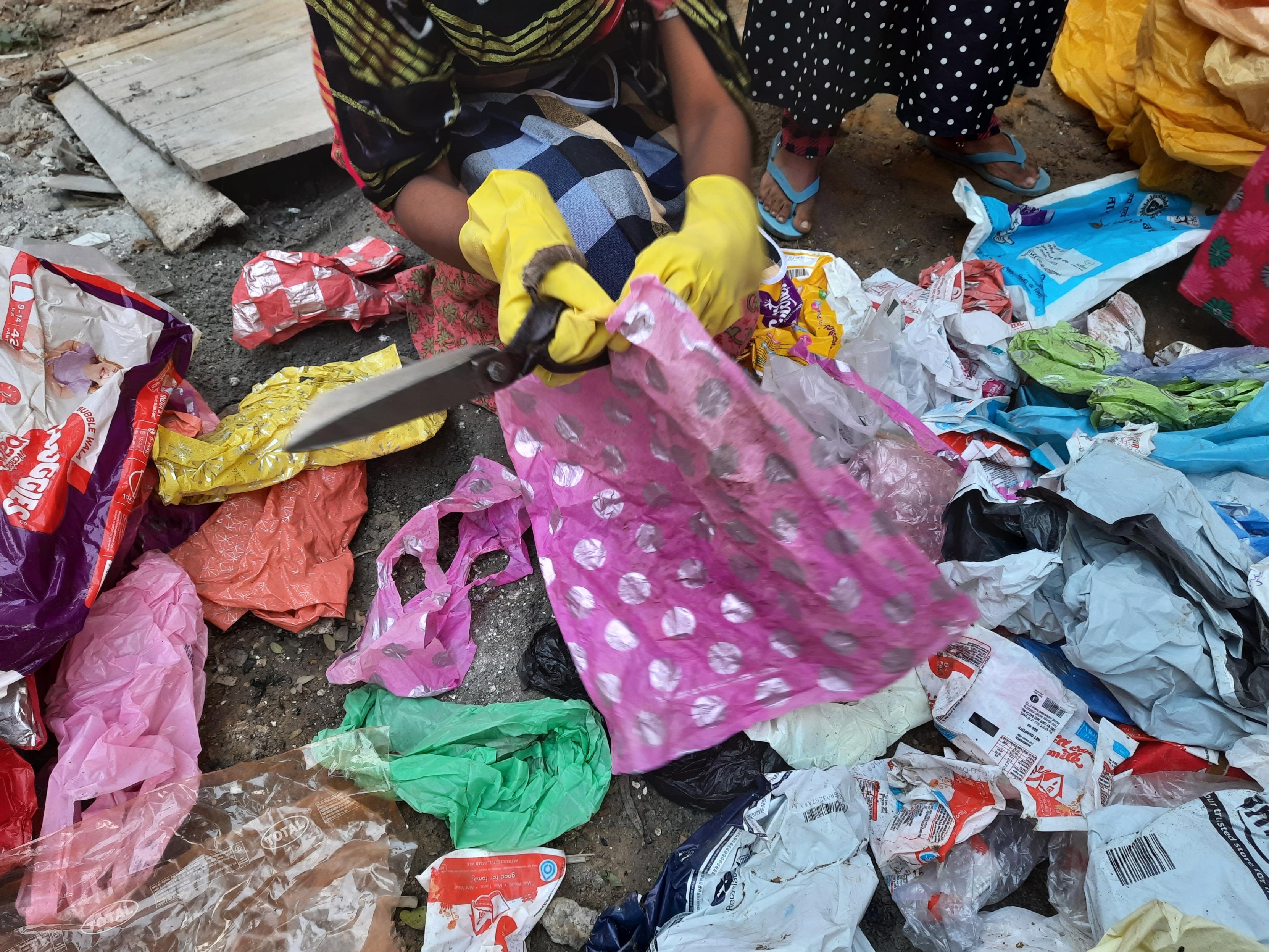
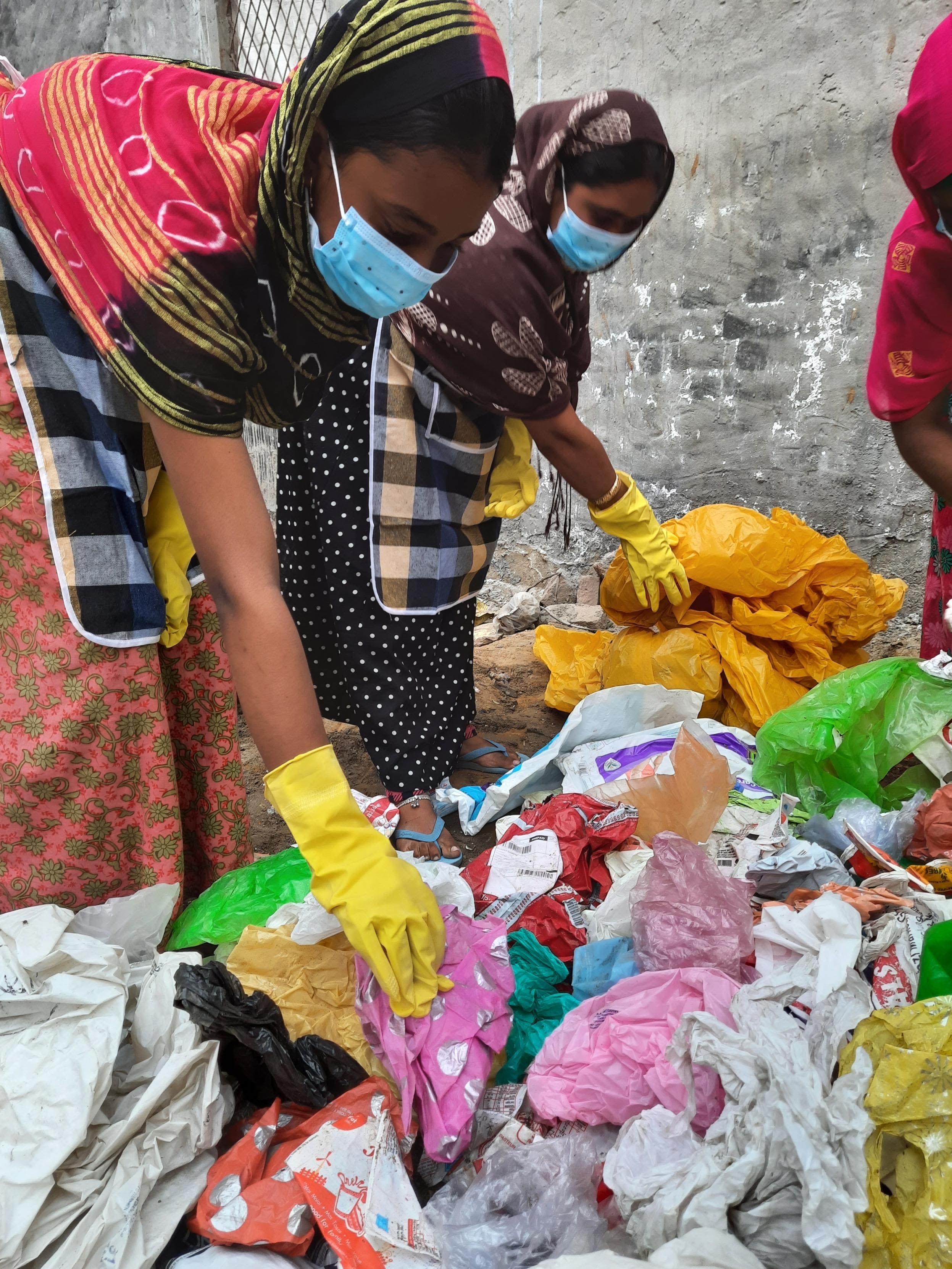
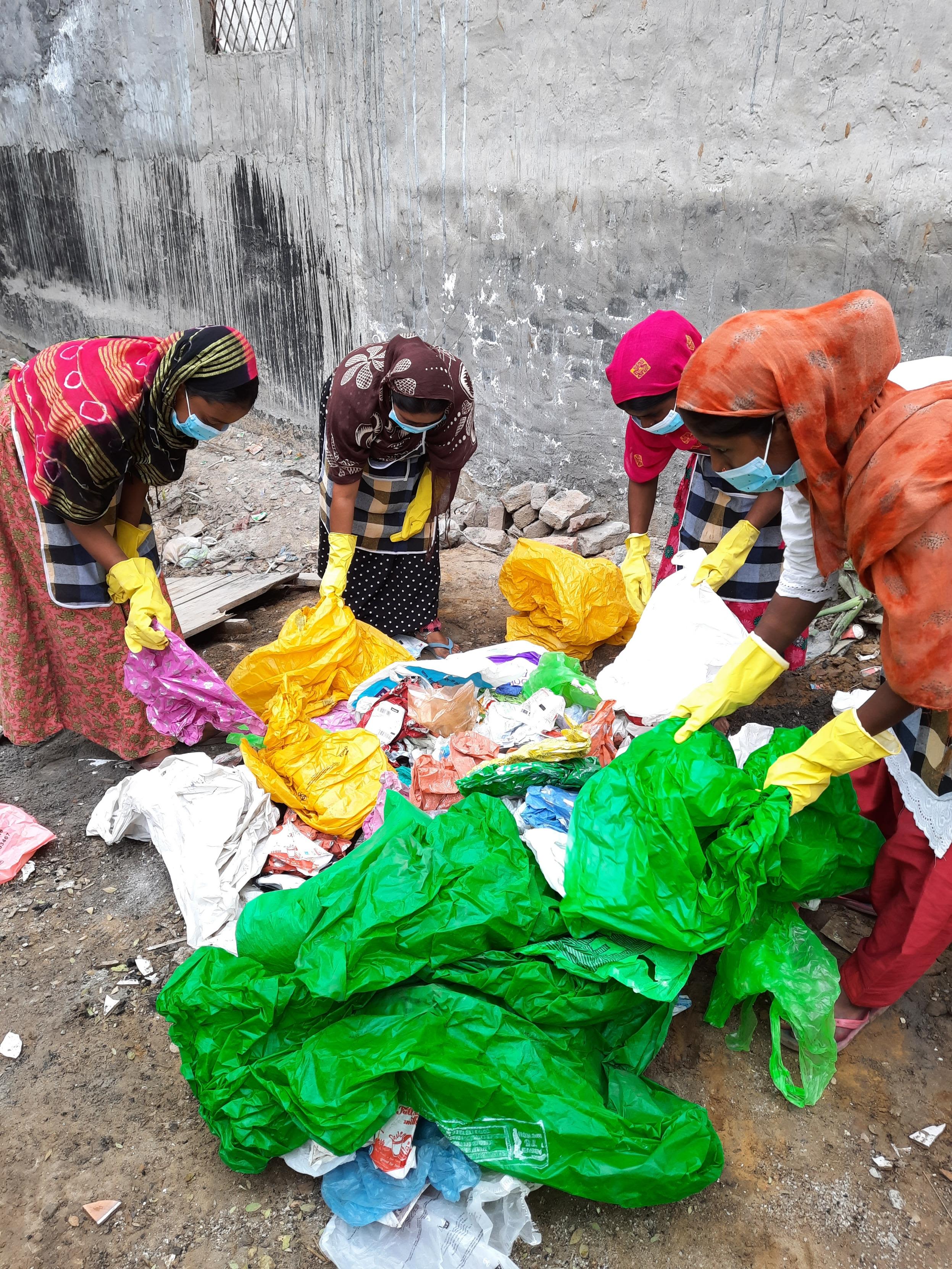


Sourced from Conserve India
Sourced from Conserve India

Sourced from Conserve India
Sourced from Conserve India

Sourced from Conserve India
Sourced from Conserve India

Sourced from Conserve India
Sourced from Conserve India

Sourced from Conserve India
Sourced from Conserve India

Sourced from Conserve India
Sourced from Conserve India
The 'Sorting Olympics' where waste materials compete for a chance at a fashionable makeover!
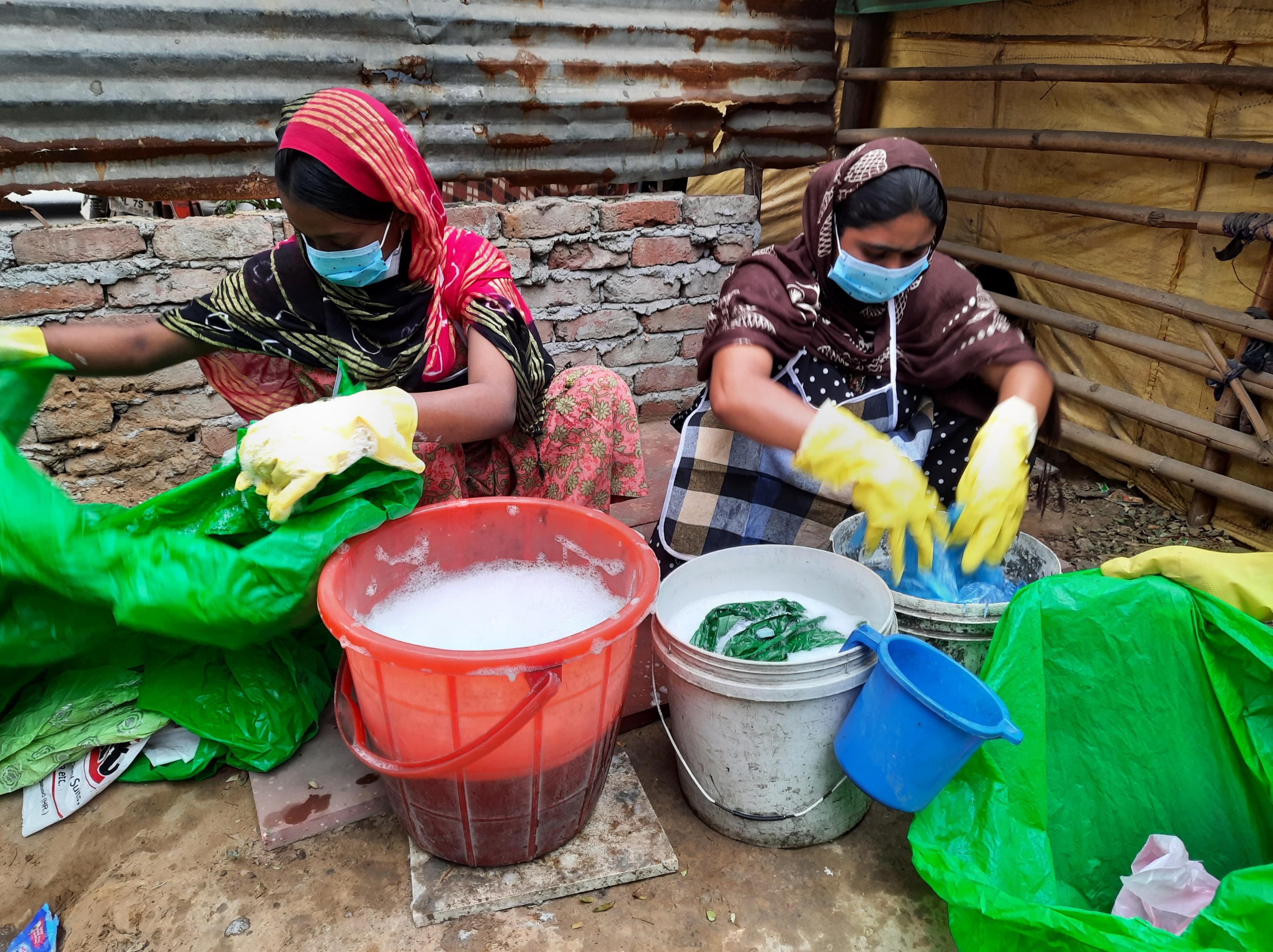
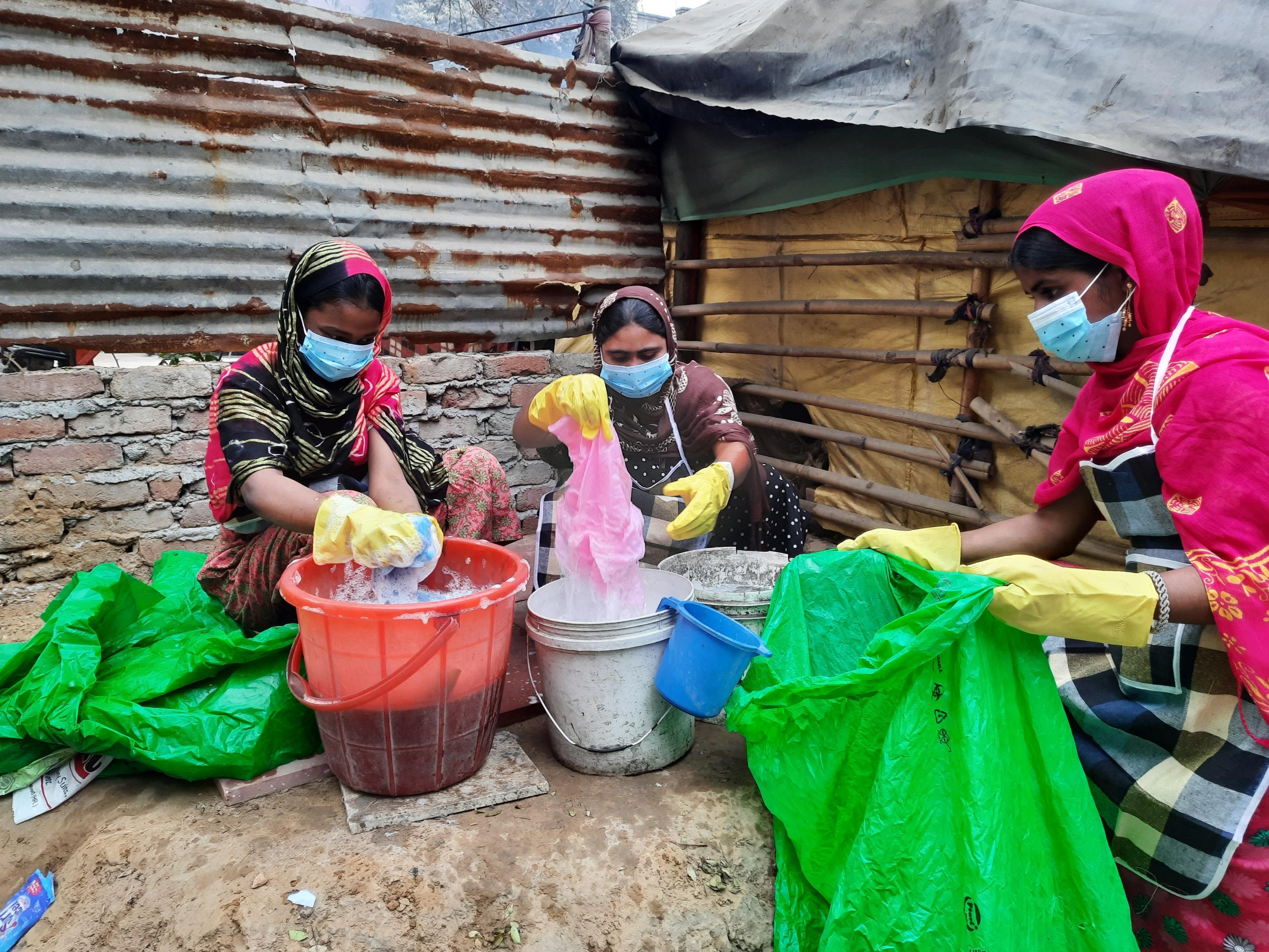
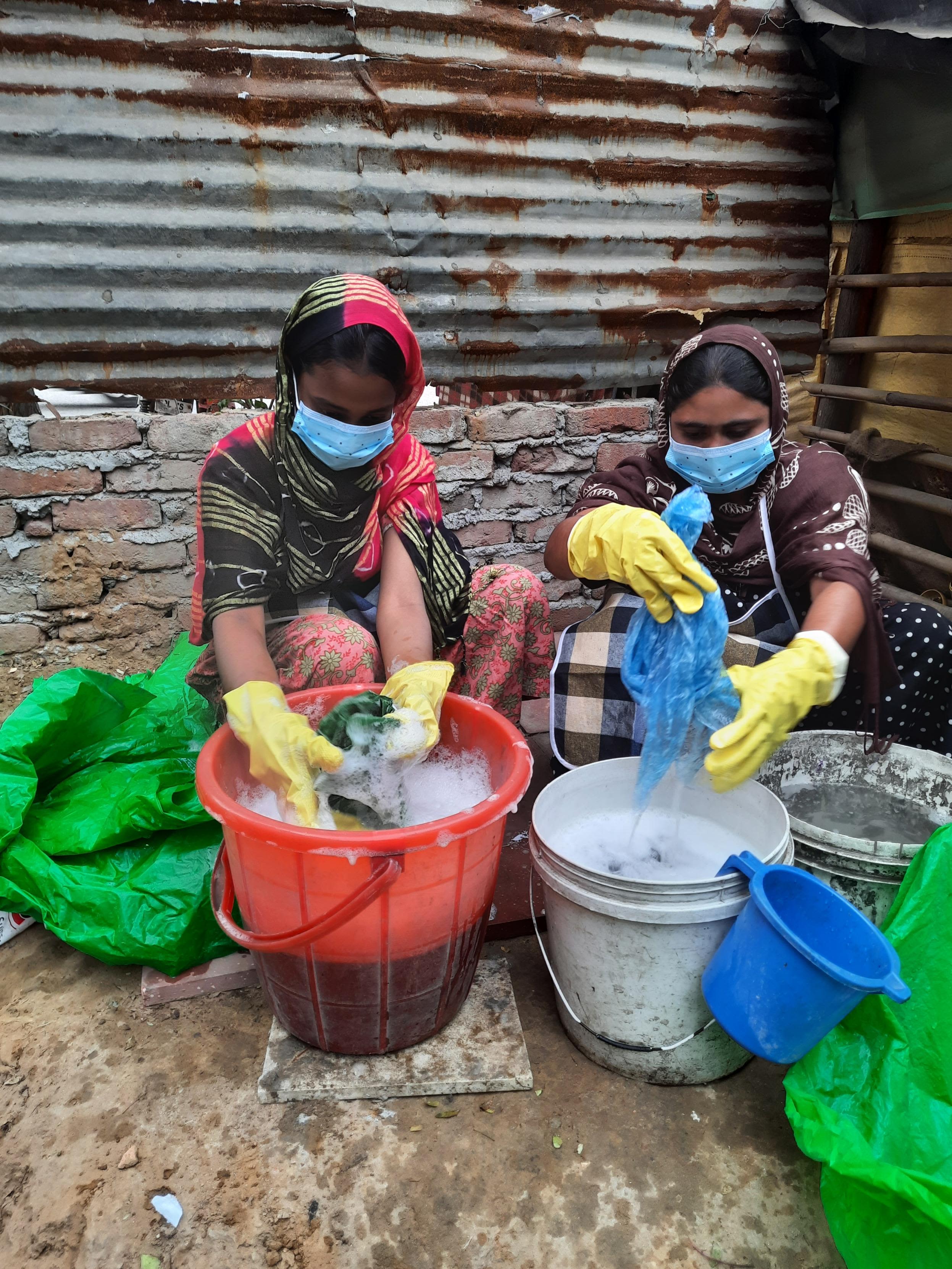
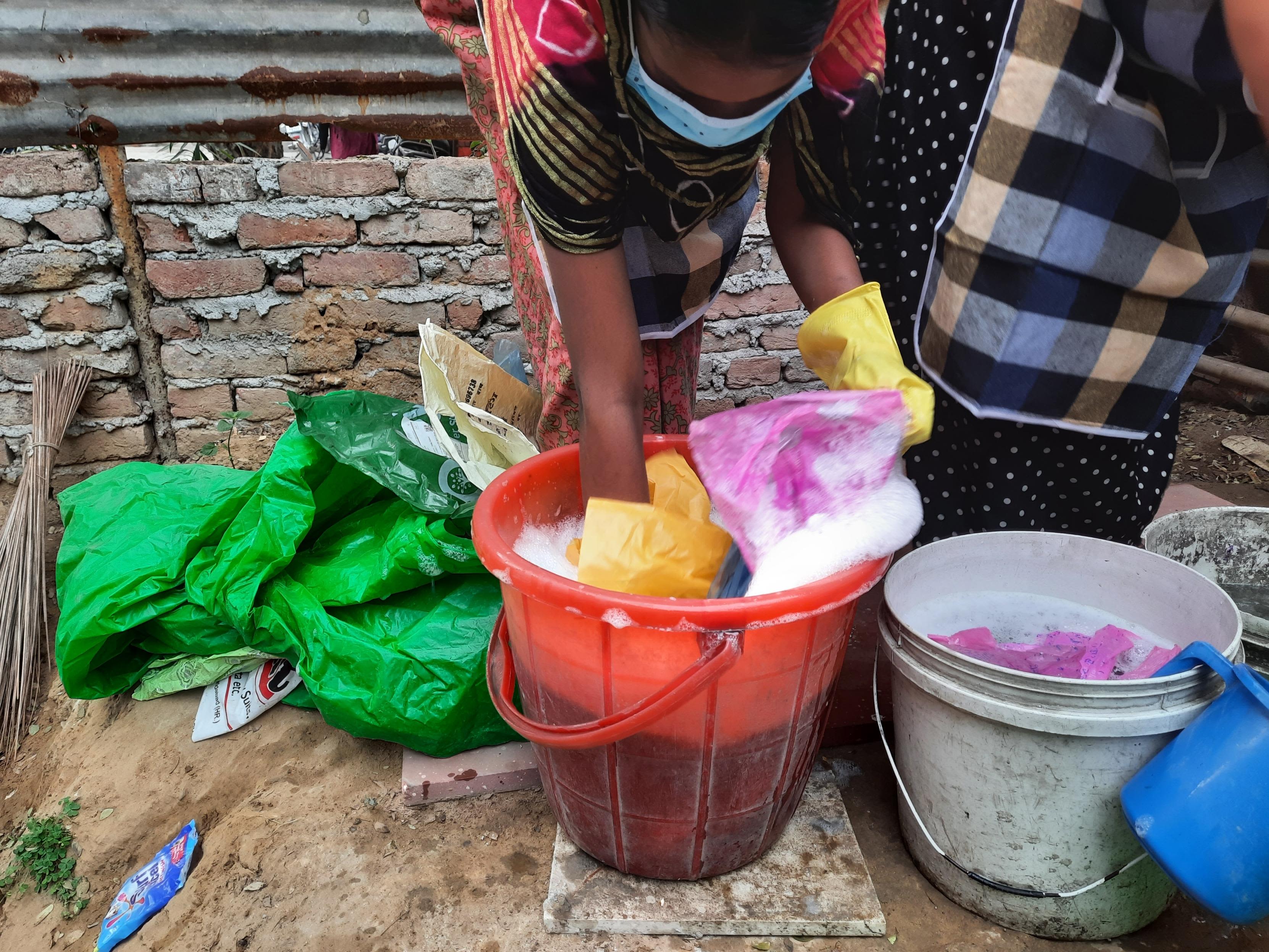

Sourced from Conserve India
Sourced from Conserve India

Sourced from Conserve India
Sourced from Conserve India

Sourced from Conserve India
Sourced from Conserve India

Sourced from Conserve India
Sourced from Conserve India
Refreshing the story, washing away waste, revealing a new beginning. A cleansing ritual, breathing life into forgotten materials
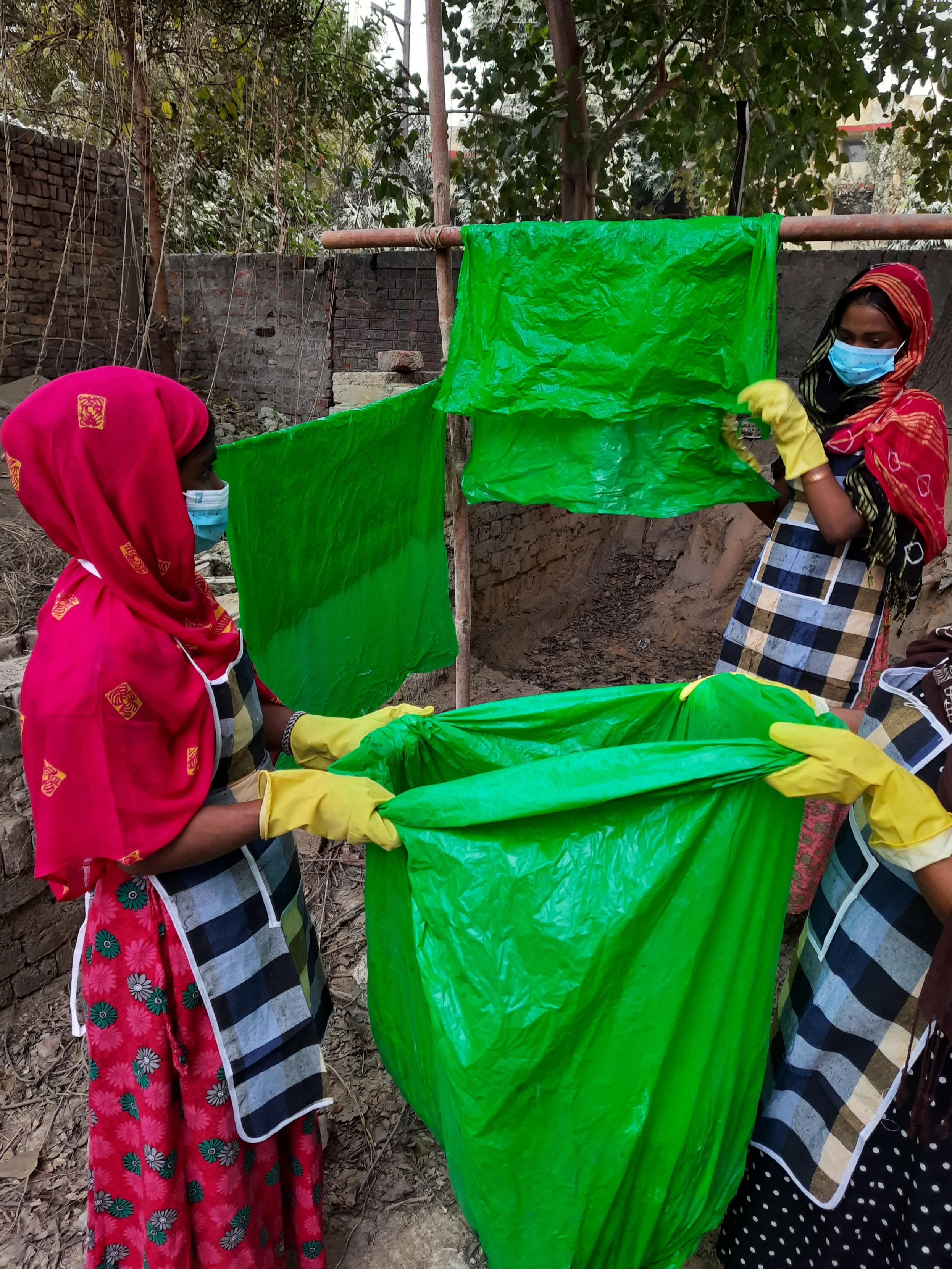
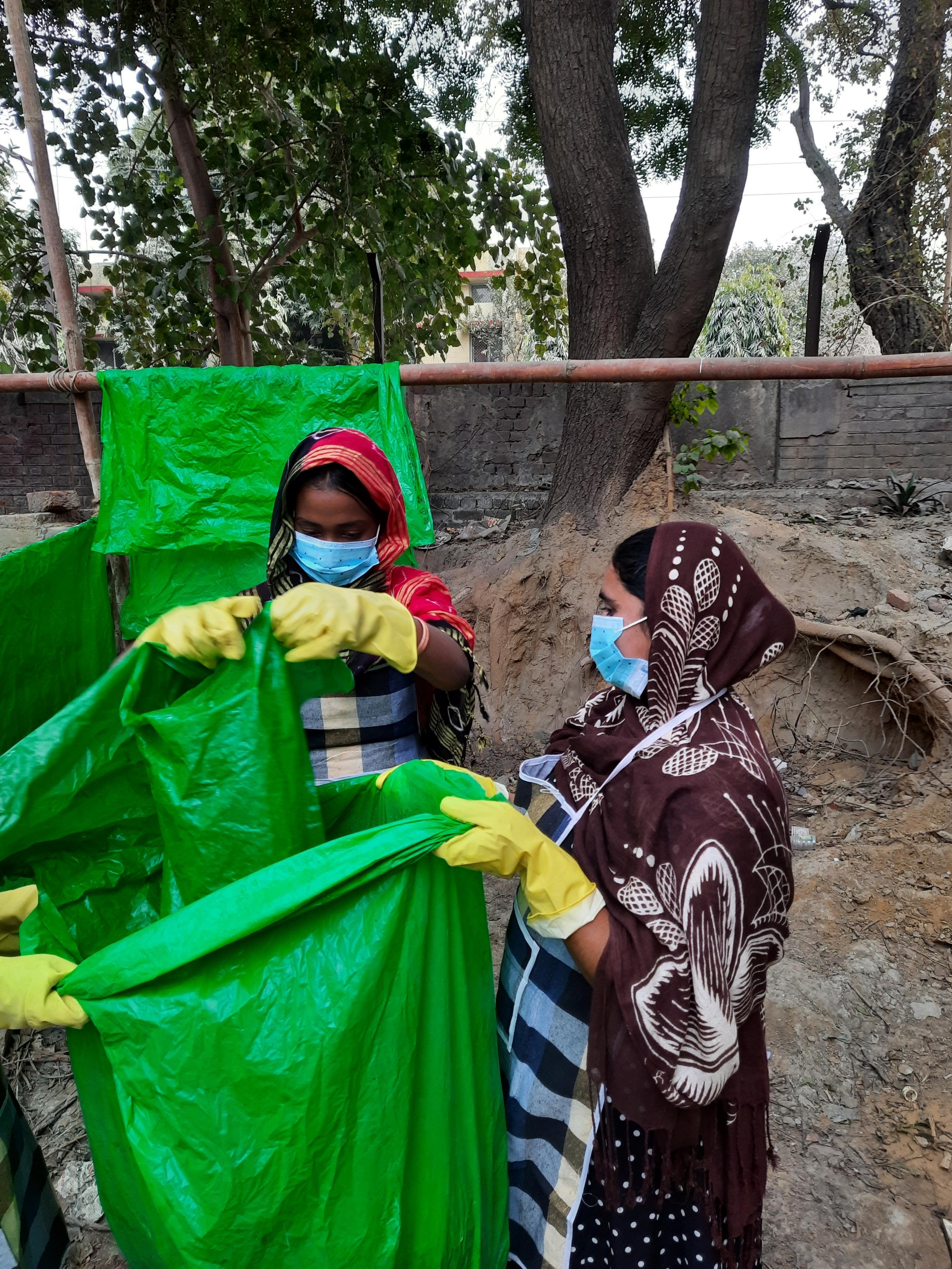
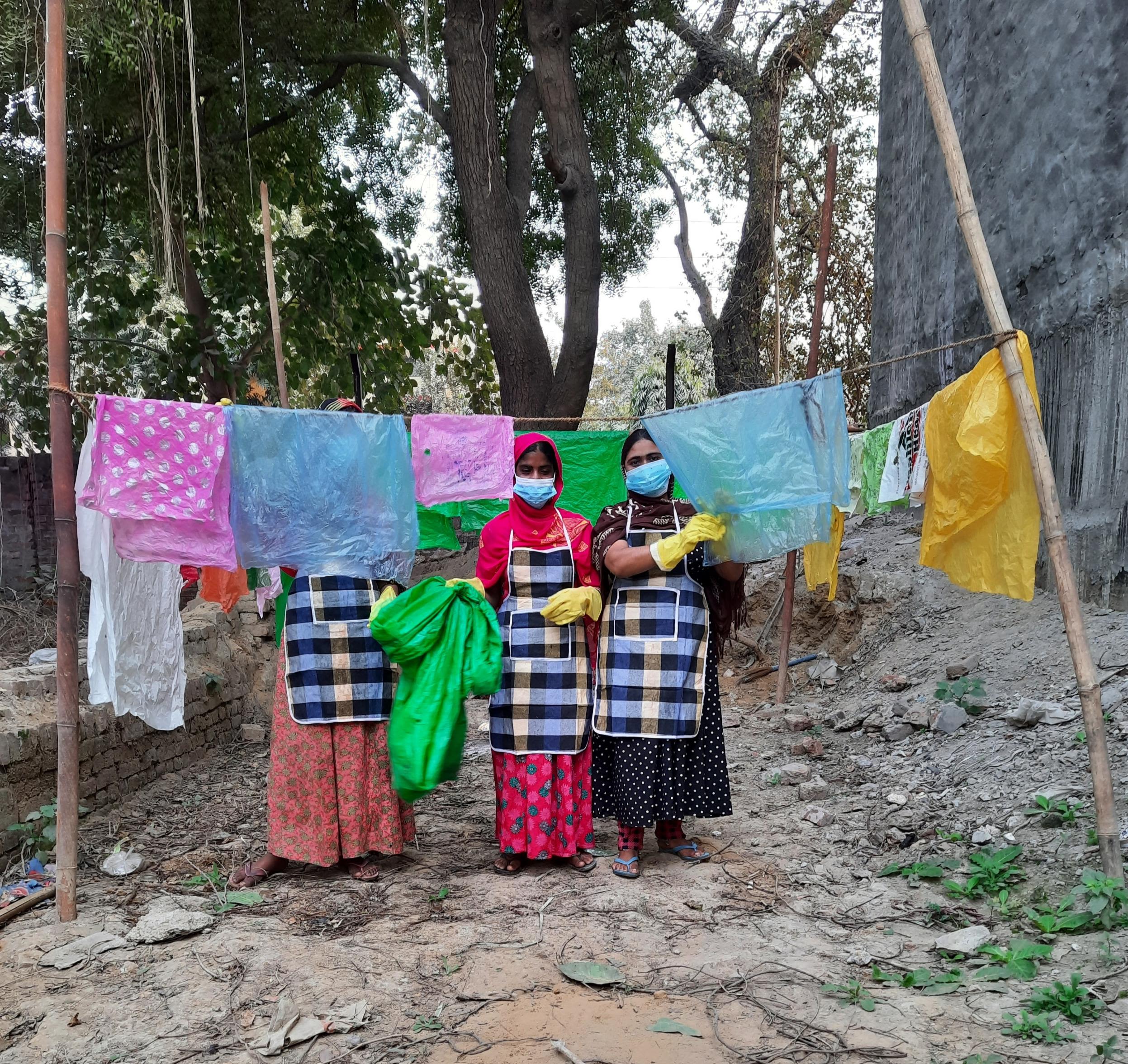

Sourced from Conserve India
Sourced from Conserve India

Sourced from Conserve India
Sourced from Conserve India

Sourced from Conserve India
Sourced from Conserve India
Building a foundation of innovation, one upcycled creation at a time
Contributors:
Akshita Prakash
Chahak Malhotra
Vanya Chawla
Yukti Sharma
Aarushi Manocha
Ameena Sharief
Asmitha Siddique
Aswathy Satheesh
Vishnu Priya Reddy
